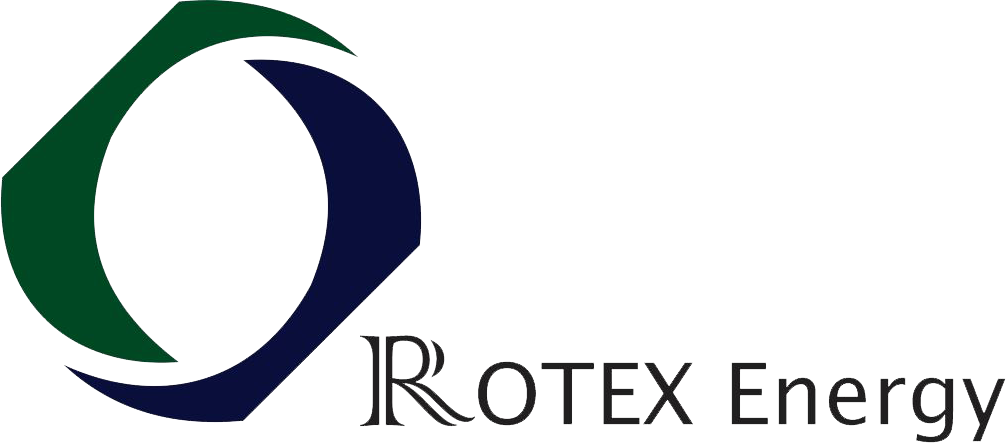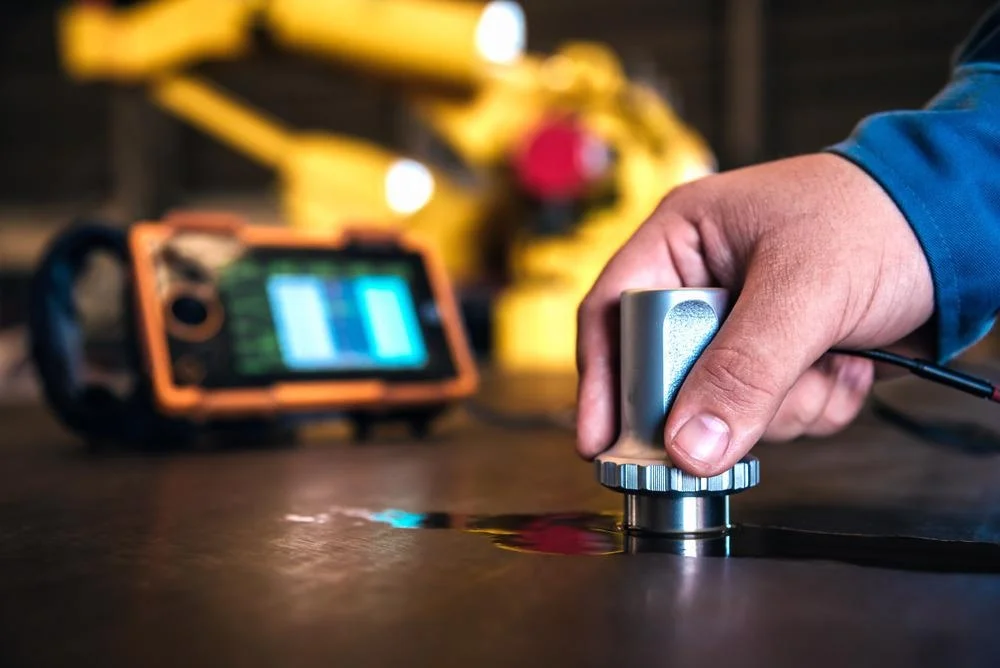PHASED ARRAY ULTRASONIC TESTING (PAUT)
Present day structural assessment, flaw analysis, fitness- for-service assessment and engineering critical assessments require flaw data in a more accurate and precise way with regard to their location, shape and size.
Phased array ultrasonic technology with its associated flaw evaluation software can provide flaw data accurately and precisely for the fracture mechanics based acceptance standard.
This technique is used to detect flaws that cannot be easily found with conventional non-destructive testing methods such as radiography and manual ultrasonic testing.
Fuhren Energy specialises in the use of phased array in the oil and gas, power generation and chemical industries, especially for the construction of new piping, pipelines, vessels and structural welded members providing Total Quality Assurance.
EDDY CURRENT TESTING (Surface & Near Surface Flaws in Conductive Materials)
This non-destructive testing technique is non-hazardous and commonly used in industries such as aerospace, rail, automotive, marine and manufacturing. One of the major advantages of eddy current testing is that inspection requires minimum preparation as there is no need to remove surface paint or coating. This makes it suitable for inspecting painted structures, parts and components.
Eddy current testing equipment is highly portable, reliable and can detect very small cracks. Results are instant, ideal for on-site testing on-site and plant inspections. Flaws can be reported immediately to site and operation managers, allowing for quicker decision making. In addition, the portability of equipment means that we can inspect equipment or assets that are difficult to access, and test complex shapes and sizes.
PULSED EDDY CURRENT TESTING (PECT)
Pulsed Eddy Current Testing (PECT) is an inspection technique used for corrosion under insulation (CUI) screening on carbon steel structures as pipes, vessels, tanks and spherical tank legs without the need of contact with the steel surface. PECT is a static technique able to measure spot percentage variations in steel thickness through any non- conductive and non-magnetic material between the sensor and steel surface such as air, insulation material, concrete, plastics, coatings, paint, sea water, marine growth, deposits, oil, etc. PECT is a comparative technique where the percentage variations measured on the specimen are compared with a calibration value which is always assumed to be the full wall thickness.
LONG RANGE ULTRASONIC TESTING (LRUT)
Long range ultrasonic testing (LRUT), also known as guided wave ultrasonic testing, is a fast and cost-effective method for inspecting long lengths of pipe. Intertek specialises in using LRUT at oil and gas refineries and in the downstream processing sector.
Hundreds of metres of pipe can be screened in one day from one single location and the technique can inspect 100% of the pipe wall. LRUT can be performed on piping that is in operation, insulated and buried, and in areas that are difficult to access such as those at high elevations. The method can therefore save time and money that would otherwise be spent on excavation, insulation removal and scaffolding.
A ring of transducers is fitted around the pipeline and the transducers generate and receive low frequency ultrasonic guided waves along the pipe. The returning echoes indicate defects such as corrosion and other abnormalities.
REMOTE VISUAL INSPECTION (Boroscope/Videoscope)
Borescope are used for visual inspection work where the area to be inspected is inaccessible by other means. Similar devices for use inside the human body are referred to as endoscopes. Borescope are mostly used in non-destructive testing techniques for recognizing defects or imperfections

